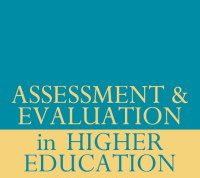In this book chapter DER members Henderson, Phillips and Ryan propose a design for technology-enabled dialogical feedback processes, with the goal of strengthening student evaluative judgement.
Abstract: In an age of increasingly massified and computer mediated higher education there are reduced opportunities for personal and individualized rich communication between students and educators. The development of evaluative judgement is supported by feedback processes but for many students, particularly in large undergraduate courses, this only occurs in relation to assessment. However, even then, the comments students receive have been shown to be ineffectual and rarely engages students in a process of reflection and dialogue with peers or educators. Within this context we propose a design for dialogical feedback processes surrounding assessment, enabled by multimodal (such as video, audio and screencasting) and social media (such as forums), with the goal of strengthening student evaluative judgement. In this design these rich media are used to enable and enhance multiple feedback loops both pre- and post-assessment submission in which educators and students explicate their evaluative thinking.
Henderson, M., Phillips, M., & Ryan, T. (2018). Designing for technology-enabled dialogic feedback. In D. Boud, R. Ajjawi, P. Dawson, & J. Tai. (Eds.), Developing Evaluative Judgement in Higher Education: Assessment for Knowing and Producing Quality Work. London: Taylor & Francis.







